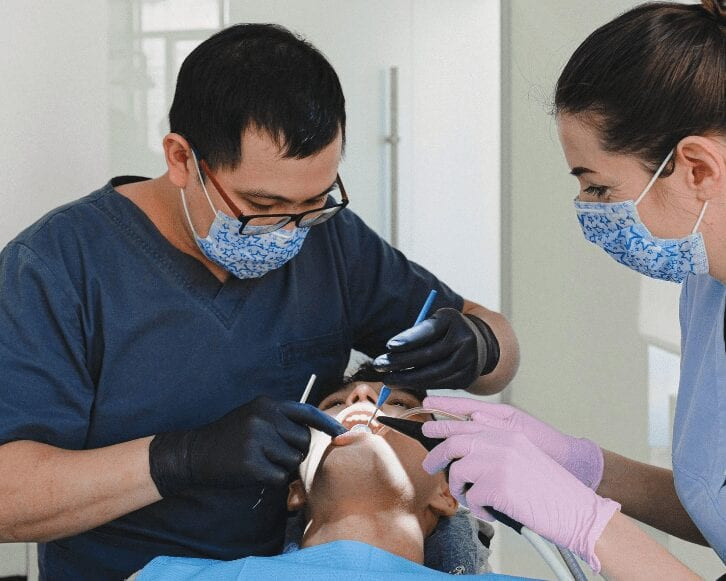What’s the State of Oral Health in Northern Virginia in 2020?
By: Northern Virginia Health FoundationTen years ago, we conducted the first ever survey of oral health in Northern Virginia. The results were disturbing.
But they helped us determine the oral health needs of the community, the barriers that deterred people from getting oral health care and offer specific recommendations for how to improve oral health in the region.
Our new report, A Decade Later: Oral Health in Northern Virginia, measures progress since the first survey. Unfortunately, it reveals that, despite helpful efforts like the Affordable Care Act, Medicaid expansion in the Commonwealth and comprehensive dental benefits for low-income pregnant women, the state of oral health in 2020 isn’t much better than it was in 2010.
In fact, across several categories, gaps in oral health care for lower–income residents are still as profound as – or worse than – they were at the time of the first survey.
Consider these survey findings from our latest report:
Cost is a significant concern for lower-income Northern Virginians: More than three-fourths (77%) of lower-income adults say they did not see a dentist because they could not afford it. This is up from 66% in 2010.
Fewer Northern Virginians saw a dentist than in 2010: Just more than half (56%) of lower-income adults have seen a dentist or dental hygienist in the last two years compared to 83% of higher-income adults. Both groups saw declines from 2010 (lower-income residents decreased from 63% in 2010, and higher-income residents decreased from 91%).
Lack of coverage continues to deter many residents from seeing the dentist: Lower-income adults were twice as likely as higher-income adults (59% compared to 26%) to cite a lack of dental coverage as the reason for not seeing a dentist. Percentages decreased slightly for both groups since 2010 (66% of lower-income adults and 30% of higher-income adults).
Lack of dental insurance coverage prevents many lower-income children from receiving care: Among the respondents whose children have not seen a dentist in the last two years, 30% of lower-income parents cited lack of dental insurance coverage as the reason, compared to just 9% of higher-income parents.
Poor oral health affects the daily lives of lower-income adults: Among lower-income adults, oral health problems keep 29% from sleeping and 18% from engaging in regular activities. The corresponding numbers for higher-income residents are significantly less: 12% can’t sleep and 10% can’t do their regular activities. The percentages for both groups increased from 2010.
Next week, the General Assembly is expected to revisit funding for a comprehensive adult dental benefit to Medicaid when it reconvenes in mid-August. Implementing such a measure could help address racial health disparities that have been exacerbated by COVID-19. Research shows that introducing the benefit would save the Commonwealth an estimated $14M after the third year of implementation.
This would be a critical step in the region’s journey to health equity. But it can’t be the last.
Too many Northern Virginians struggle to access needed dental care, and it’s clear that a lack of action has prevented more progress. Before another decade passes, we must do more to ensure everyone can get the dental care they need to thrive and be as healthy as possible – not just those who can afford it.

